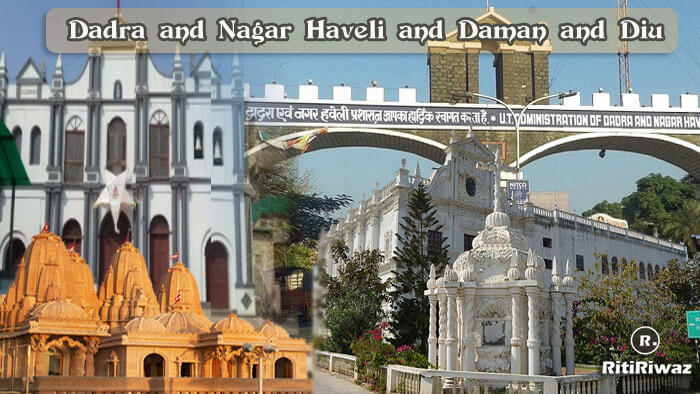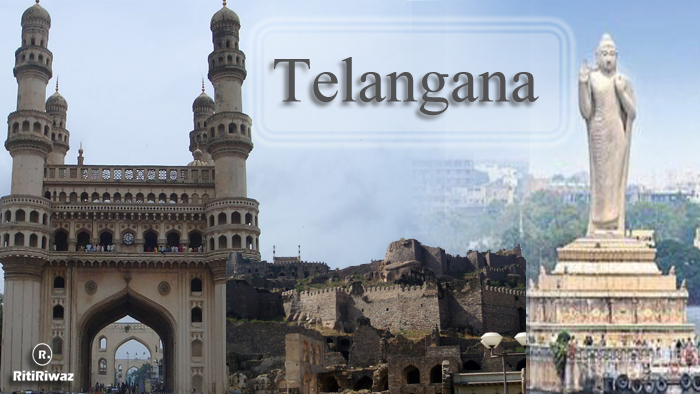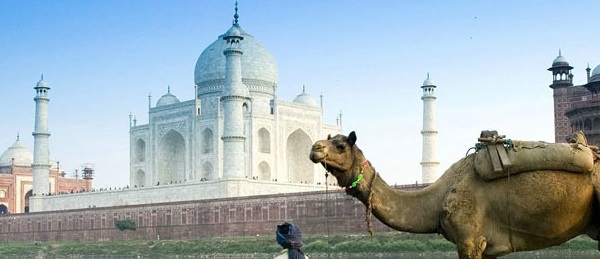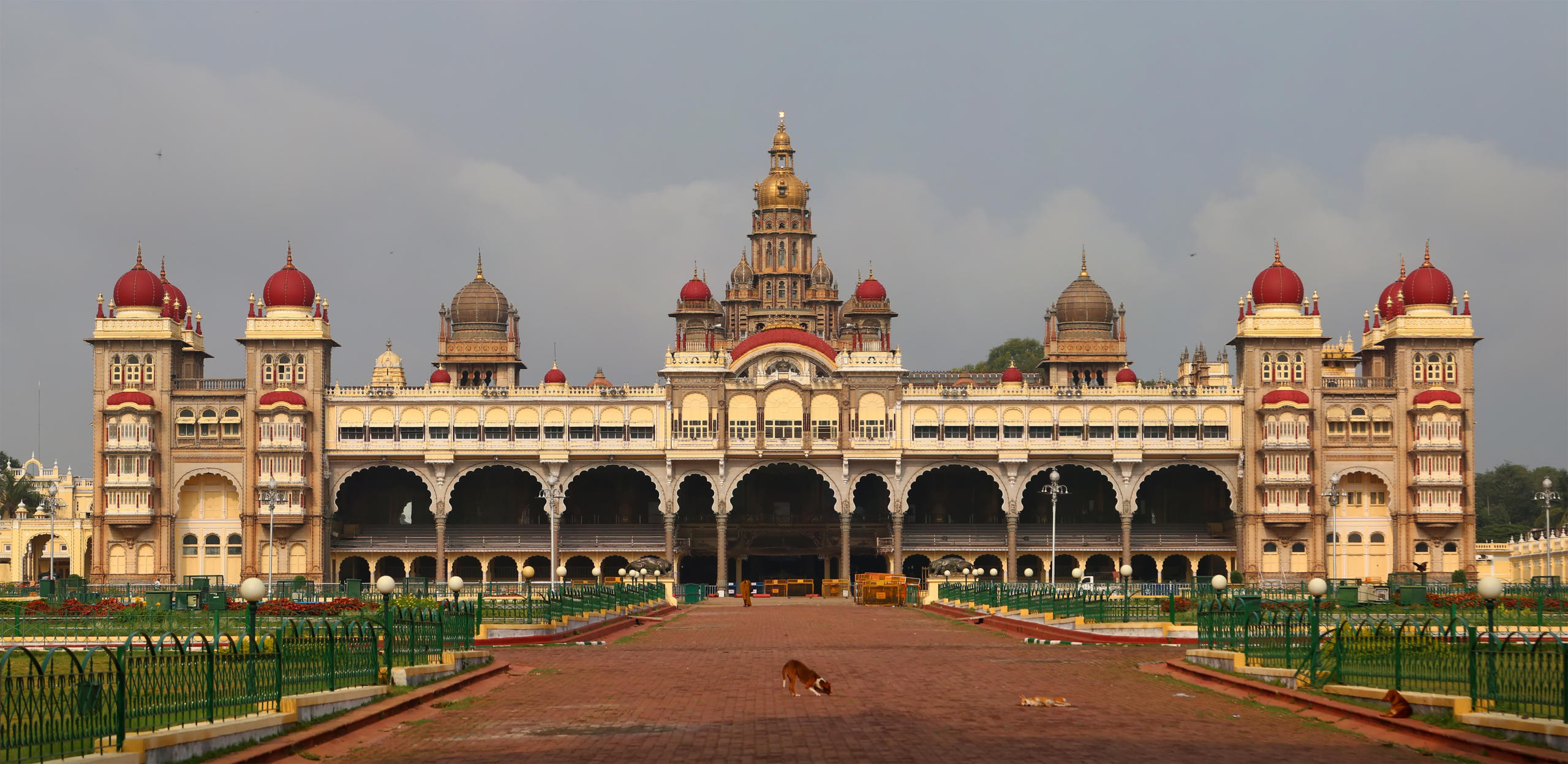Sikkim – Land Of Mighty Kanchenjunga
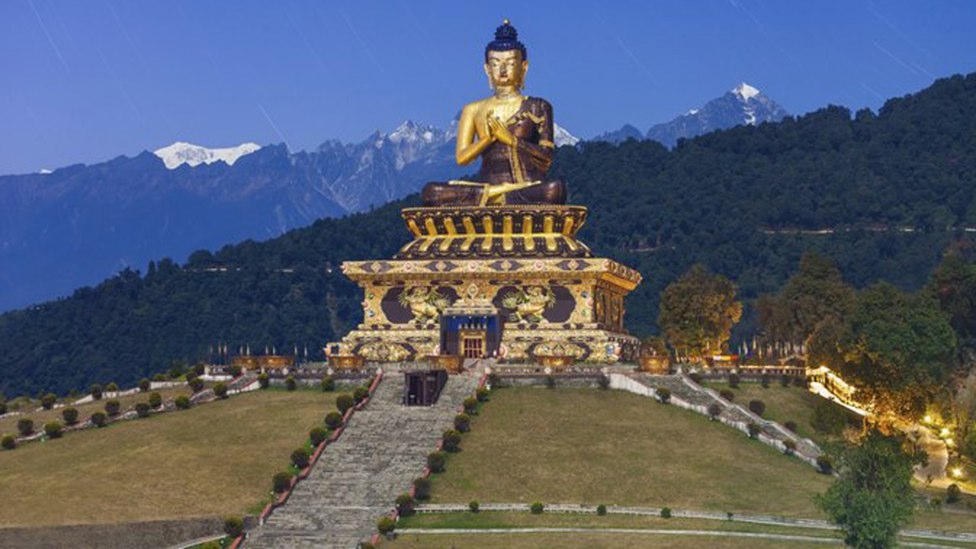
Travel to Sikkim, an enticing state of North East India, in order to explore the culture and heritage of the landscape that entices many travelers from all over the world. Tour the landscape of Sikkim and make your travel an enchanting experience. This jewel-like mountain state of ethereal beauty with an area of 7299 sq. kilometers nestles in the heart of the Himalayas. Wrapped in mists and clouds. A garden state with an incredible variety of orchids, rhododendrons, gladioli, and a host of other flowers. Rustling, tumbling streams and torrents. Mountain monasteries and quaint shopping plazas. The beautiful hill state of Sikkim lies on the Eastern tip of the Himalayas bordered by Bhutan, Nepal, and Tibet.
India’s 22nd State lies in one of the most enthralling regions of the Himalayas. This hidden peaceful land of rice cultivation, called “Bayul Demojong” by the local people, is inhabited by Nepalis, Lepchas, Bhutias, Tibetans, and Marwaris.
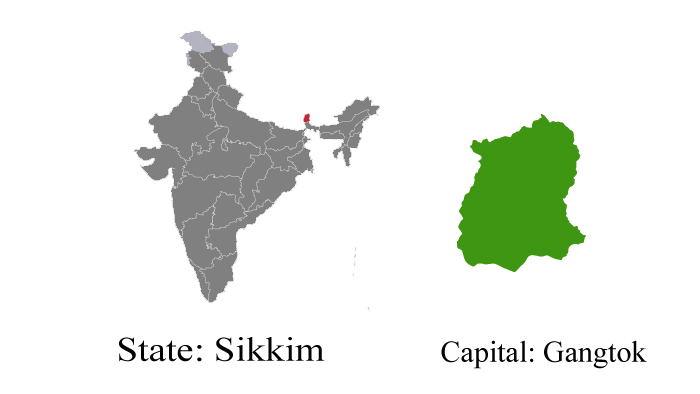
Fast Facts :
-
Area: 7296 sq Km
-
Capital: Gangtok
-
Language: Nepali
-
Best time to visit: March to August
-
Major Cities: Gangtok
-
State Emblem: Emblem of Sikkim

-
State Motto: ༄༅།ཁམས་གསུམ་དབང་འདུས (Conqueror of the three worlds)
-
State Animal: Red panda (Ailurus fulgens)
-
State Bird: Blood pheasant (Ithaginis cruentus)
-
State Tree: Rhododendron (Rhododendron niveum)
-
State Flower: Noble dendrobium (Dendrobium mobile)
- Culture and Tradition of Sikkim
Tourist Attractions :
Jawaharlal Nehru Botanical Garden
Very close by to Rumtek Monastery, and maintained by the Parks and Gardens unit of the Forest Department of the Government of Sikkim, the Garden is an enchanting and soothing experience among the lush green vegetation, rare plants and trees, and certain species of Himalayan flowers and Orchids.
Gangtok
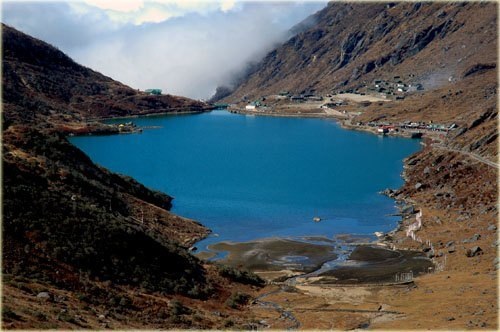
Gangtok its captivating architectural beauty radiates with pagoda-like wooden houses, painted turquoise roofs, and gay bazaars. Undoubtedly modern times have found their way into this picturesque town, but the gently swaying and elegant costumes of the Sikkimese people, their smiling faces, the unhurried pace of their lifestyle, and the towering beauty of Kanchenjunga, all cast a magic spell on this delightful location in the foothills of the grand Himalayas.
Tsuklakhang (The Palace Monastery)
Located on the grounds of the palace of the former rulers, the Chogyals of Sikkim. Built in traditionally Sikkimese style, it is the capital’s most accessible monastery and has interesting murals and images of the Buddhist pantheon.
Shri Nalanda Institute for Higher Buddhist Studies
Initiated by the late 16th Karmapa, the institute is housed in the adjoining building of the Rumtek Monastery. The Jamyang Khang Primary School meant for 5 years of primary monastic studies is also located here.
Permanent Flower Show
White Hall, Close by the White Memorial Hall and just below Palace Ridge park is the more recent Flower Show Hall. In recent years this show has become quite popular and famous as there are flower exhibitions throughout the year in accordance with the seasons and the flowers in bloom.
Enchey Monastery
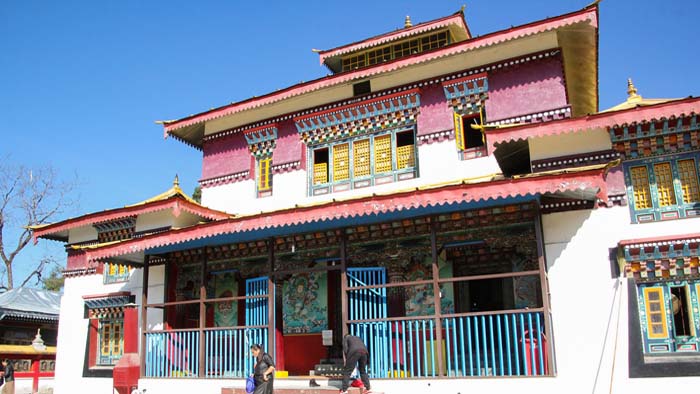
An important seat of the Nyingma order, the Enchey Monastery meaning the Solitary temple, was originally built with the solace that no other construction would be allowed near it is built on the site blessed by Lama Druptob Karpo, a tantric master known for his flying powers. This 200-year-old Monastery has on its premises images of gods, goddesses, and other religious objects. Every year around January ‘Chaam’ or religious masked dance is performed with great fanfare for two days. it is situated adjoining the Sinolchu Tourist Lodge, 3 km from Gangtok Town.
Orchid Sanctuary
Just below the Institute of Tibetology, is a very specialized garden. According to the Government Department, there are over 200 species of temperate and intermediate type orchids. Such orchids are best seen during the blooming season of April-May, July-August, and October-November.
Orchidarium
In spite of its name, this is essentially a botanical garden in a green and landscaped fold in the hills. Paths wind down past streams, tree ferns, and flower beds. At the bottom are enormous conservatories where masses of orchid plants thrive in their preferred environment.
Getting There :
-
By Air: The nearest airport is Bagdogra (124 km). Taxis Private taxis are available at the airport and Siliguri for transport to Gangtok.
-
By Rail: Nearest railhead is New Jalnaiour (125 km) Reserve rail tickets at the Sikkim Nationalised Transport (SNT) bus stand counter (Tel 222014, 222131)where there is a special quota for trains at New Jalpaiguri railway station. Book well in advance. especially during the holidays.
-
By Road: From Siliguri, one starts for Gangtok on NH 31 and then branches off to NH 31 A from Sevoke. 20 km from Siliguri. The main link between Gangtok and the rest of the country is through Siliguri (110 km). One can also go to Gangtok from Darjeeling (98 km) and Kalimpong at (75 km). Driving to Gangtok from Siliguri, Kalimpong or Darjeeling is exhilarating, with the highway hugging the Teesta River for long stretches, passing through forests. On a clear day, a trip to or from Gangtok can be combined with picnics at beautiful spots en route.
Suggested Read: Culture and Tradition of Indian States



